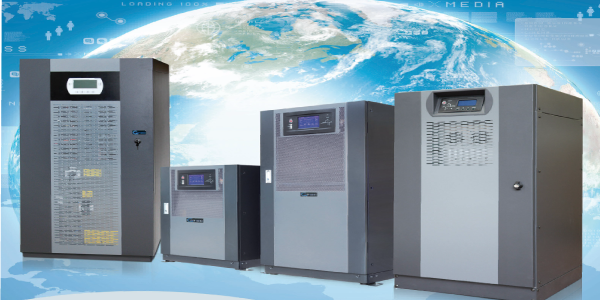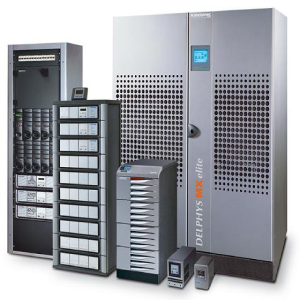
There are mainly two kinds of UPS system that are widely known in the markets namely On-Line UPS and Stand-by UPS. But these two terms does not entirely distinguish or classify all the types of UPS that are available. This creates confusion among the buyers and the UPS Sellers while buying and selling of the device. Here you will find all the different kinds of UPS, their advantages and disadvantages which will compare the tools and get an appropriate idea of what you need. There is a range of UPS devices each with different and distinct functioning characteristics.
The online standby device technology
It is considered as the most popular kind of UPS that is used for desktops. The device is named standby because it starts working when the power from the primary source fails. In a typical situation, the device’s transfer switch connects to the alternating current that is prime source of power supply. But when the primary source fails, the transfer automatically switches and derives current from the battery or the inverter as a backup source. In such a situation the switch also known as transfer, works efficiently to transfer the load to the inverter and the battery. The standby UPS is more expensive than the other UPS devices.
Working of the line-interactive UPS device
It is another kind of UPS devices that are mostly used by departmental servers and also small-scale businesses. In this device, the inverter is linked with the output, and the primary source of alternating current helps in charging the battery. In a situation of failure of input power, the current flows from the battery or the inverter for output source of the UPS device. When the input electricity source fluctuates, the device regulates the voltage by maintaining taps on the transformer. This design is very reliable in case of supporting heavy current loads and also provides very efficient power security.
Delta conversion on-line UPS technology
This technology is a replacement for the backdated double conversion online UPS. The two main components of the device are the delta inverter and the delta transformer. In a delta conversion on-line UPS technology the battery is charged when the inverter converts the alternating current from the source to direct current power. This device is helpful in reducing the loss of energy. The delta online UPS is the most efficient topology among the rest because it provides direct power.

Functioning of the offline UPS device
The offline UPS device is designed in such a way that the current flows continuously from the primary source. In a situation of the input voltage failure or when the voltage is fluctuating the UPS identifies it and then it closes for a while and starts receiving current from the battery. The office UPS devices are cheaper than the online UPS devices and work efficiently. But it provides minimum power security and only performs well in case of small problems. The UPS fails to support the load when there is a substantial current flowing or a situation of inverter failure.
Double Conversion Illustration of the on-line UPS
These are designed where the primary flowing path of power is the inverter, not the alternating current source. Hence when the AC input fails, it does not activate the transfer switches because it is prime source of power instead it provides backup power when required. This approach continues to operate with transfer time and stoppage in the power supply from the prime source that is the inverter or the battery. The transfer time is concise approximately 4-6 milliseconds.
Comparison between UPS and generator
The generator and UPS devices are designed in such a way that they offer great help to protect your data when there is a disturbance in the supply of power from the prime source. But both the pieces of equipment differ from each other. The main difference between the two appliances is that a generator can keep your working when there is a power cut for an extended period but a UPS can stay operational for a short period because it depends on current from its battery. A generator is an expensive power supply device, but a UPS relatively costs less. A generator creates noises and also emits harmful gases.
Read More : The significance of an Uninterrupted Power Supply
Leave a Reply